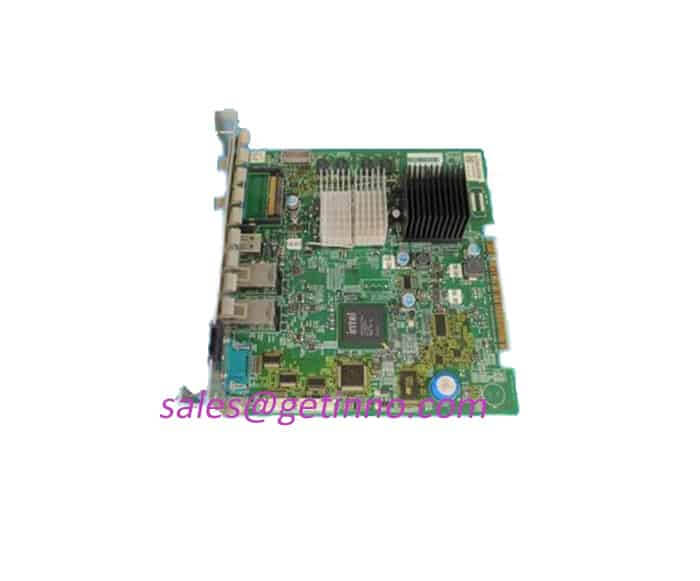$11.4 billion!The future development potential of medical robots is amazing
AsiaIndustrial NetNews: In recent years, my country’s medicalrobotThe rising market demand has attracted extensive attention from domestic and foreign capital. Although the high-end market is still occupied by overseas companies, with the further development of the medical robot market, domestic companies have also made continuous breakthroughs.
As the aging trend of our country is gradually highlighted, the demand for medical treatment, nursing care and rehabilitation is increasing. At the same time, due to the improvement of people’s pursuit of quality of life, medical care must meet higher requirements in both quality and quantity. On the other hand, medical and nursing manpower is relatively lacking, and medical and health service Robots have great potential for development.
Development Status of Medical Robots
In recent years, the development trend of medical robots has gradually emerged. China’s medical robot market has a large potential user base, is in a stage of rapid growth, and has a large demand space for the industry. The industry as a whole is in the stage of “making the cake bigger”, which is becoming a hot spot for capital to pursue.
According to data from BCG Boston Consulting, as of January 2016, the annual revenue of the global medical Robot Industry reached 7.47 billion US dollars, and the compound annual growth rate is expected to be stable at 15.4% in the next five years; a trillion-dollar industry chain will be formed in the future. In addition, the “2016-2020 China Medical Robot Industry In-depth Research and Investment Prospect Forecast Report” released by China Investment Consultants shows that surgical machines account for more than 60% of the global medical robot share, accounting for the largest proportion.
With the increasing investment in the medical field by Asian countries and the reorganization of the medical system, the market focus will gradually shift to Asia in the future. Especially in recent years, China has been making continuous efforts to introduce foreign advanced medical robot equipment and successfully pilot applications.
At the same time, foreign-funded enterprises are also keeping an eye on the Chinese market, preempting the layout, and wanting to “take a share” of the huge demand in the Chinese market. The “Da Vinci Robot” for minimally invasive laparoscopic surgery is coming. Huang Jian, director of the Department of Urology of Sun Yat-sen Memorial Hospital of Sun Yat-sen University and the director-designate of the Urology Branch of the Chinese Medical Association, who has performed a large number of bladder surgeries using surgical robots, said that the Da Vinci robot in the United States has developed rapidly in my country. As of October 2016 On March 28, 35,273 surgeries were performed in mainland China, of which more than two-fifths of urologic surgeries were performed.
At present, in the medical robot market, overseas companies still occupy a major market share, especially in the field of high-end robots. The monopoly of foreign technology leads to high costs. However, my country’s medical robot business is still in its infancy, and the scale of products has not yet been achieved, and the penetration rate in medical institutions is also low.
However, some people are optimistic about the development of medical robots in my country. Some experts pointed out that there is a big gap between domestic and overseas in the pharmaceutical and traditional equipment industries; but in the emerging industry of medical robots, China, the United States and Europe are currently in the “infancy” period, and China can increase its support for the research and development of medical robots. Strength, to achieve “curve overtaking”.
1 2 Next page > page
The development prospect of medical robot market
Under the stimulus of favorable policies, increasing aging, increasing consumer groups and entering industrialization, the medical robot industry will gain huge development opportunities.
According to Boston Consulting Group, the annual revenue of medical robots is now 4 billion US dollars, and will reach 11.4 billion US dollars in 2020. The most well-known medical robotics company, IntuitiveSurgical, had revenue of $2.1 billion in 2014. Thanks to the rapid growth of medical robots, commercial robots will replace military robots in the future and become the second largest robot market, with a market value of $17 billion.
In addition, the “Global Surgical Robot Market Development Trend” pointed out that the global remote-controlled surgical robot market in 2016 was about 3.8 billion US dollars, which could grow to 9.3 billion US dollars in 2021, and the compound growth rate (CAGR) from 2016 to 2021 is expected to be as high as 19.3 %.
According to IFR’s statistics on the global sales of surgical robots from 2010 to 2014, the sales of surgical robots in 2014 were 978 units, accounting for 80% to 95% of the sales of medical robots.
With the gradual improvement of the medical and health system and the continuous improvement of medical technology, the number of inpatient operations has increased year by year in recent years. Except for 2010, the average annual growth rate has exceeded 10%. In 2012, the number of inpatient operations in my country was 36,902,542. Based on an average annual growth rate of 10%, the number of inpatient operations in 2020 was 36,902,542*(1+10%)^8=79,103,876.
Assuming that China also reaches such a level, the annual volume of Robotic operations is 79,103,876*50%=39,551,938 units. Assuming an additional cost of 10,000-30,000 units per unit in the future, the market size will reach 39.6 to 118.7 billion.
However, in general, my country already has a good talent and technical foundation in the development of surgical robots, and will continue to make breakthroughs in the context of the combination of government, industry, academia, and medicine.
Overall, under the background of the national innovation-driven development strategy, the scientific research and industrialization of artificial intelligence is accelerating, and the gap with the international community is gradually narrowing. With the advancement of science and technology, it is believed that medical robots will be more intelligent in the future, capable of processing big data and deep learning, with a good human-computer interaction experience, more dexterous and convenient, and escorting human health with “intelligence”.
The Links: 3HNA003102-001 3BSE018157R1
Pre: What are the advantages and applicati... Next: Japanese robot receptionist: Qingxiu ...




